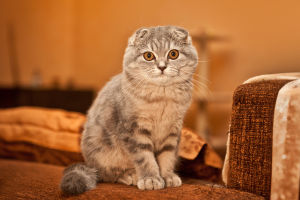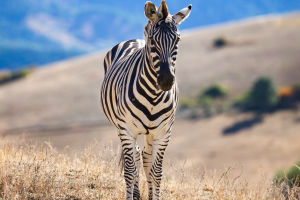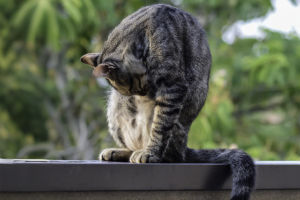Puffins, often recognized for their colorful beaks and charming appearance, are truly remarkable seabirds with a range of adaptations that help them thrive in their oceanic habitats.
Their ability to survive in harsh, isolated environments is a testament to nature’s ingenuity. Below are some of the most fascinating and unique adaptations puffins exhibit to excel in life at sea!
Specialized Wings for Efficient Flight
Unlike most birds, puffins have short, stubby wings that may seem impractical for flight at first glance. However, these wings are highly specialized for life at sea. Puffins use a rapid, “flapping-flight” technique, similar to flying underwater, allowing them to travel at speeds of up to 55 miles per hour. This unique flight style lets them swiftly navigate between their breeding colonies on rocky cliffs and the bountiful fishing grounds in the open ocean.
Adapted for Underwater Pursuits
One of the most fascinating adaptations of puffins is their remarkable ability to dive and forage for fish. Their wings are designed not only for flight but also for underwater propulsion. When they dive, puffins beat their wings underwater much like penguins do. This allows them to reach depths of up to 200 feet in search of food. Their dense bones also help them stay submerged, unlike most birds, which are buoyant.
Vibrant Beak for Mating and Feeding
Puffins’ striking beaks, which are most vibrant during the breeding season, are not just for show. These colorful beaks play a crucial role in attracting mates. Puffins engage in intricate courtship behaviors where they showcase their beaks in synchronized displays, signaling health and genetic fitness.
Additionally, puffins can hold multiple fish in their beaks at once, thanks to the unique structure of their mouths. The roof of their mouth has backward-facing spines that help secure multiple fish—perfect for carrying their catch back to their nests.
Thick Insulating Feathers
Life on the cold ocean demands impeccable insulation, and puffins have adapted accordingly. Their feathers are incredibly dense and tightly packed, which provides excellent insulation against frigid waters. Puffins also have a layer of down feathers beneath their outer feathers, adding an extra level of warmth. In fact, puffins are so well insulated that they can dive into icy waters without losing body heat, a vital trait for survival in the northern seas.
Powerful Navigational Skills
Puffins are skilled navigators, able to travel long distances across the sea to find food and return to their breeding sites. They use a combination of visual landmarks and an innate sense of direction to guide them across vast stretches of ocean.
Some studies suggest that puffins can also use the Earth's magnetic field to help them stay on course. This innate navigational ability allows puffins to maintain the seasonal routines of migration and reproduction, even in remote, inaccessible places.
Parent-Feeding Rituals
Puffin parents are devoted caregivers, with a well-coordinated feeding strategy that ensures the survival of their chicks. The parents take turns foraging at sea and then return to the nest to feed their young. Puffin chicks, known as pufflings, are initially fed a diet of small fish and plankton, but they quickly learn to dive alongside their parents.
The transition from being dependent on their parents to becoming independent divers is a critical part of puffin development and showcases the effectiveness of their early-life adaptations.
Climate Change and Adaptations
In recent years, puffins have had to adapt to the challenges posed by climate change. Warmer waters have altered the availability of their main food sources, such as sandeels and herring. Puffins have been observed changing their foraging habits, sometimes traveling further or switching to different prey.
While this adaptability helps puffins survive in changing conditions, the ongoing environmental changes highlight the fragility of their ecosystems. Understanding how puffins adjust to such challenges can provide valuable insights into the impact of climate change on marine life.
Puffins are a true marvel of nature, with a variety of unique adaptations that allow them to thrive in their oceanic homes. Their efficient flying and diving capabilities, vibrant beaks, and exceptional insulation make them perfectly suited for life at sea. As climate change continues to challenge marine ecosystems, it will be fascinating to see how puffins and other seabirds continue to adapt and survive in the face of new environmental pressures.
Through their remarkable behaviors and traits, puffins continue to be one of nature’s most captivating ocean-dwelling creatures!


